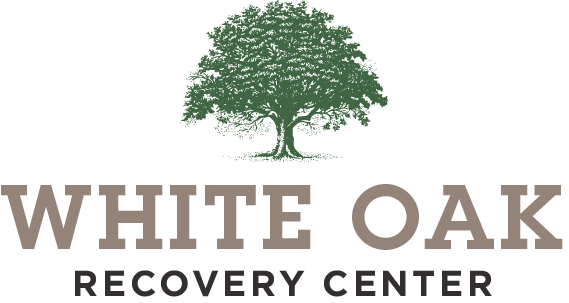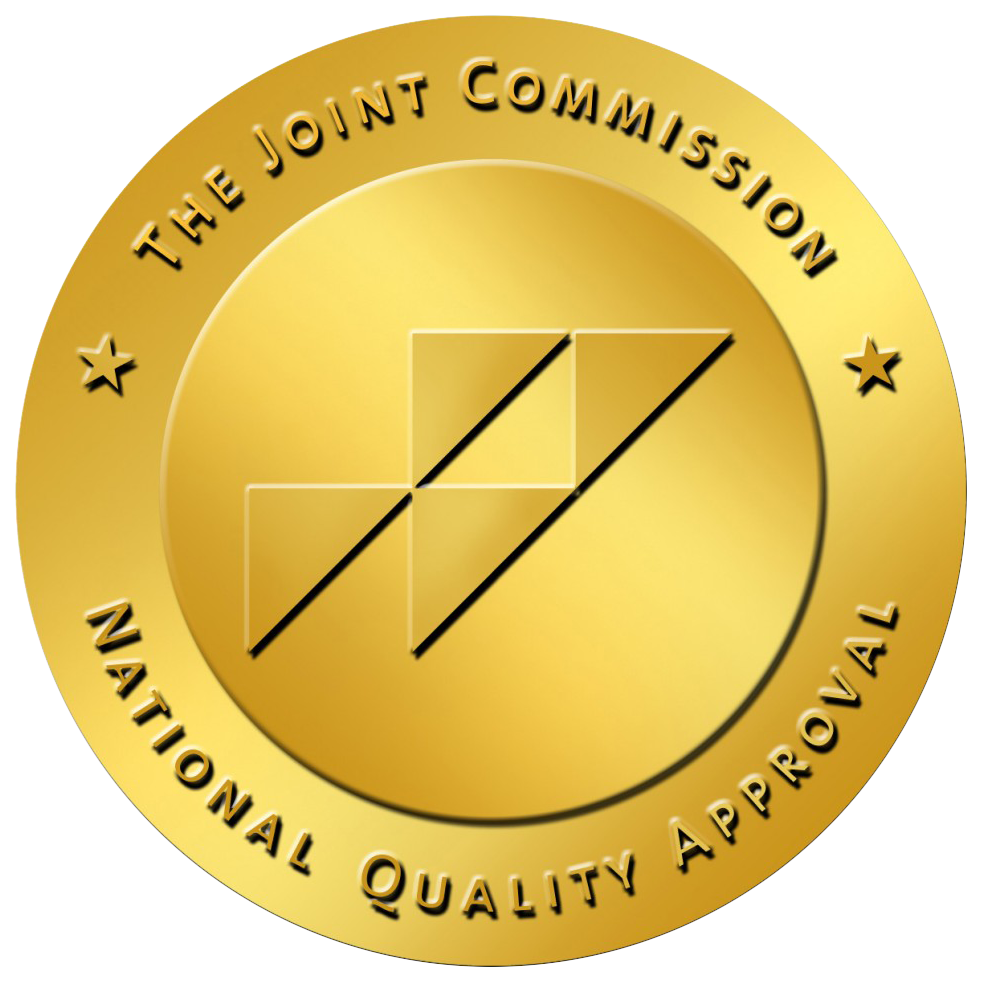Trauma and Substance Abuse Treatment

Healing Trauma and Substance Abuse
When life feels like a constant battlefield, it’s no wonder that many people coping with trauma find themselves also struggling with substance abuse. It’s like fighting two wars at once, which can feel exhausting, confusing, and often overwhelming. The good news? You don’t have to do it alone, and there are evidence-based approaches designed to help you regain your footing. One of those methods is the Seeking Safety model, which is an empowering approach that focuses on recovery without forcing you to relive your worst memories.
At White Oak Recovery Center, our Hollywood mental health center, we understand that healing from trauma and addiction isn’t a one-size-fits-all journey. That’s why programs like Seeking Safety are vital tools in creating a treatment plan for trauma and substance abuse that truly fits your needs. Let’s take a closer look at how this model works and why it’s a beacon of hope for many.
What is Seeking Safety?
Seeking Safety is a therapy model specifically designed to help individuals who are dealing with both PTSD and substance abuse. Unlike some therapies that dive deep into processing traumatic events right away, Seeking Safety takes a different route. It focuses on building coping skills and staying grounded in the present moment. Developed as a flexible, adaptable approach, Seeking Safety can be used in group or individual therapy settings. It’s all about teaching practical skills that help you navigate everyday challenges, reduce harmful behaviors, and regain a sense of safety in both your mind and body. The idea isn’t to ignore the trauma but to stabilize you first, so you feel secure enough to work on deeper healing down the road.
The Seeking Safety Model
The Seeking Safety model is built on five core principles: safety, integrated treatment, a focus on ideals, content areas, and attention to therapeutic processes. What sets it apart is its emphasis on immediate coping skills rather than delving into the details of past trauma. The goal is to create a space where you feel safe enough to confront both Trauma and substance abuse treatment, but in a way that doesn’t re-traumatize you. Sessions focus on topics like setting boundaries, grounding techniques, and building healthy relationships. It’s a very present-focused therapy, which means you’ll be working on what’s happening in your life right now, rather than being forced to revisit every painful memory. because of its flexibility, Seeking Safety is often included in a comprehensive treatment plan for trauma and substance abuse at centers like ours in California mental health care systems. It provides a strong foundation to help individuals stabilize before moving into more intensive trauma-focused therapies.
PTSD and Substance Abuse: A Complex Connection
The relationship between PTSD and substance abuse is deeply intertwined. Many people turn to substances like drugs or alcohol as a way to numb the overwhelming symptoms of trauma, such as flashbacks, anxiety, nightmares, and emotional pain. Unfortunately, this self-medicating often leads to dependency and creates a vicious cycle that’s hard to escape. Understanding this connection is essential when developing an effective trauma and substance abuse treatment plan. You can’t treat addiction without addressing the underlying trauma, and vice versa. Programs like Seeking Safety are designed with this in mind, offering a dual-focus approach that addresses both issues simultaneously without overwhelming the individual.
At our Hollywood mental health center, we recognize that trauma isn’t just something that happened in the past. It has a way of following you into your daily life. That’s why it’s crucial to choose a treatment method that helps you feel safe while also empowering you to make healthier choices.
How to Heal from Trauma and Addiction?
Healing from trauma and addiction is not about getting over it. It’s about learning how to live with it, without letting it control your life. The first step is finding a California mental health program that understands the complexity of your journey. Therapies like Seeking Safety play a huge role in this process, but healing also involves daily commitment, patience, and the right support system. Recovery isn’t linear; it’s a winding road filled with small victories and occasional setbacks. What’s important is having a toolkit of coping strategies to lean on when things get tough. Other elements of healing might include mindfulness practices, building a strong social support network, and developing self-compassion. Remember, you’re not broken. You’re healing.
Goals of Treatment for Trauma Resolution and Substance Abuse
Every treatment plan for trauma and substance abuse should have clear, realistic goals that reflect the individual’s unique needs. These goals often include:
- Establishing a sense of safety, both physically and emotionally.
- Reducing reliance on substances as a way to cope with emotional distress.
- Developing healthy coping mechanisms to handle triggers and stress.
- Improving emotional regulation and interpersonal relationships.
- Building resilience to face life’s challenges without reverting to harmful behaviors.
At our Hollywood mental health center, we integrate these goals into personalized plans that evolve as you progress. Whether you’re just beginning your recovery journey or looking to strengthen your foundation, having a clear roadmap helps you stay focused and motivated.
How to Heal from Trauma and Addiction?
Finding a program that truly understands your struggles is half the battle. You want a place that recognizes you’re not just battling addiction or PTSD. You’re navigating both, and you deserve a Trauma and substance abuse treatment approach that honors that complexity. At White Oak Recovery, our California mental health team is dedicated to providing compassionate, evidence-based care tailored to your specific experiences. We believe recovery is not about erasing your past but about equipping you with the tools to build a healthier future. Whether you’re interested in the Seeking Safety model or a more comprehensive substance abuse and trauma treatment plan, we’re here to walk with you every step of the way. Healing is possible, and it starts with feeling safe enough to try. Contact our admissions team today.







